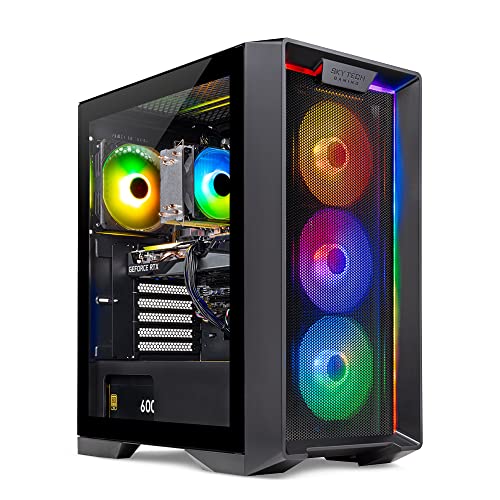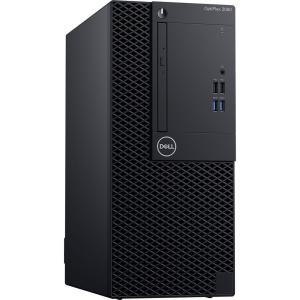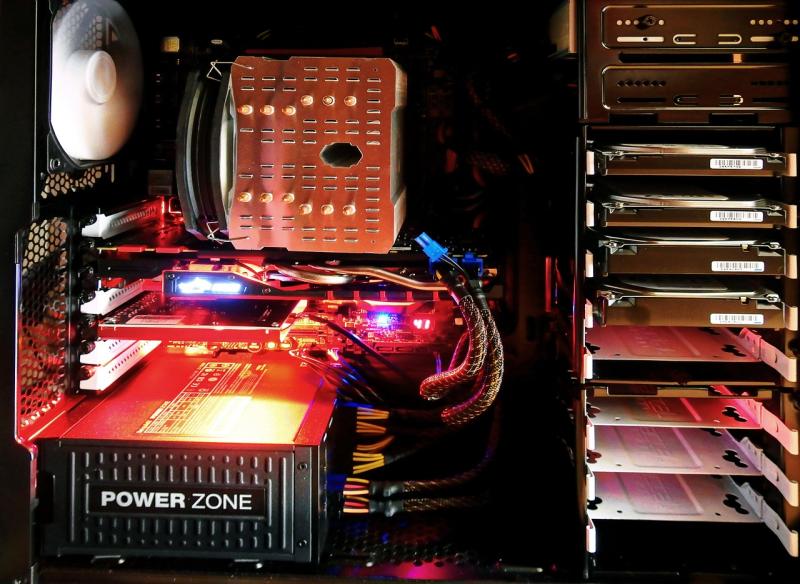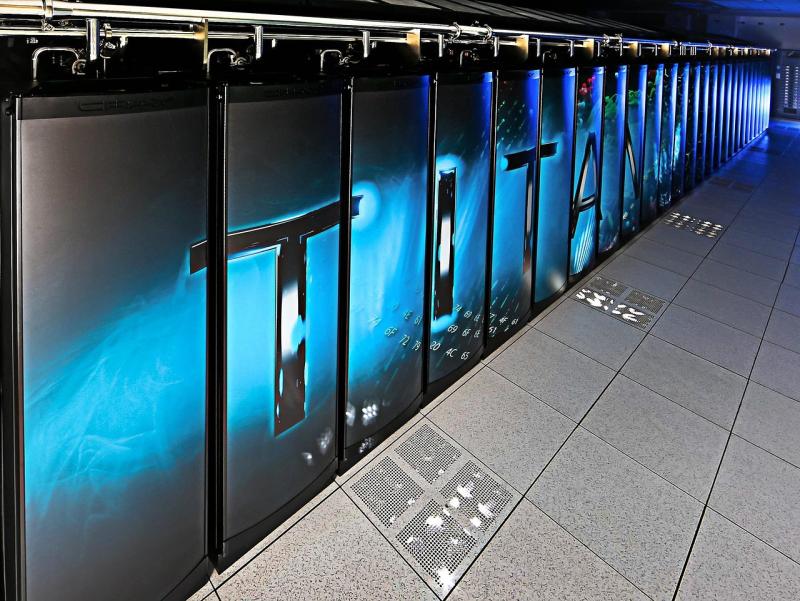Thunderbolt connectivity has revolutionized data transfer speeds in modern high‑performance PCs. As data demands increase in professional multimedia editing, 3D rendering, and high‑resolution streaming, Thunderbolt offers a pathway to faster peripheral interconnectivity and ultra‑low latency transfers.
Thunderbolt combines data, video, and power in a single connection and supports daisy‑chaining multiple devices. It leverages PCI Express lanes to deliver exceptional bandwidth, making it ideal for connecting external NVMe enclosures, high‑resolution display docks, and even external graphics solutions. Recognizing the specifications such as Thunderbolt 3 or Thunderbolt 4 ensures that you maximize the capability of both your PC and connected devices.
Integrate Thunderbolt ports into your build by selecting motherboards with dedicated Thunderbolt headers or controllers. Use certified Thunderbolt cables and enclosures to preserve data integrity and minimize signal loss during transfers. Regular firmware updates for Thunderbolt devices and adherence to recommended thermal and power specifications help maintain peak performance.
Utilizing Thunderbolt connectivity can drastically improve data throughput and peripheral performance in high‑performance PCs. With proper device selection, cable quality, and system integration, you can enjoy ultra‑fast data transfer speeds and a fluid, responsive computing experience.
Mastering Thunderbolt Connectivity for Ultra-Fast Data Transfer in High-Performance PCs
Discover how Thunderbolt 3 and Thunderbolt 4 can elevate your PC’s data throughput, peripheral integration, and overall performance.
Introduction
Thunderbolt connectivity has revolutionized data transfer speeds in modern high-performance PCs. As data demands increase in professional multimedia editing, 3D rendering, and high-resolution streaming, Thunderbolt offers a pathway to faster peripheral interconnectivity and ultra-low latency transfers.
Understanding Thunderbolt Technology
Thunderbolt combines data, video, and power in a single connection and supports daisy-chaining multiple devices. It leverages PCI Express lanes to deliver exceptional bandwidth, making it ideal for connecting external NVMe enclosures, high-resolution display docks, and even external graphics solutions. Recognizing the specifications such as Thunderbolt 3 or Thunderbolt 4 ensures that you maximize the capability of both your PC and connected devices.
Evolution of Thunderbolt Technology
- Thunderbolt 1: 10 Gb/s bandwidth for early external storage and display docks.
- Thunderbolt 2: 20 Gb/s throughput by combining channels.
- Thunderbolt 3: 40 Gb/s, USB-C form factor, up to 100 W power delivery.
- Thunderbolt 4: Standardized 40 Gb/s, dual 4K display support, enhanced security, backward compatibility.
Thunderbolt 3 vs. Thunderbolt 4: A Detailed Comparison
| Feature | Thunderbolt 3 | Thunderbolt 4 |
|---|---|---|
| Maximum Bandwidth | 40 Gb/s (PCIe 3.0 ×4) | 40 Gb/s (PCIe 3.0 ×4) |
| Minimum PCIe Data Requirement | PCIe 3.0 ×4 at 16 Gb/s | PCIe 3.0 ×4 at 32 Gb/s |
| Display Support | Dual 4K or Single 5K | Dual 4K or Single 8K |
| Power Delivery | Up to 100 W | Up to 100 W |
| Security Enhancements | Optional | Intel VT-d DMA Protection |
| Daisy-Chaining | Up to 6 devices | Up to 6 devices |
| Certified Cable Length | ≤ 0.5 m passive; 2 m active | 2 m passive or active |
How Thunderbolt Leverages PCI Express Lanes
Thunderbolt ports map directly to PCI Express lanes on your motherboard or add-in card, granting external devices near-native access to system resources.
- Controllers aggregate four PCIe 3.0 lanes (or more on PCIe 4.0 systems), delivering up to 32 Gb/s of raw data bandwidth.
- DisplayPort Alt Mode carries video signals alongside data, enabling high-resolution display docks without sacrificing throughput.
- Power delivery lines provide up to 100 W for charging laptops and powering bus-powered devices.
Select a motherboard with dedicated Thunderbolt headers or an M.2 expansion card with a controller to ensure optimal lane distribution.
Key Applications of Thunderbolt Connectivity
- External NVMe Enclosures: Achieve SSD-level speeds (up to 3 GB/s) in a compact form factor.
- High-Resolution Display Docks: Drive dual 4K or single 8K monitors while supplying power and USB-C ports.
- External Graphics (eGPU): Add desktop-class GPUs to laptops via PCIe tunneling for accelerated gaming and rendering.
- Audio Interfaces & Video Capture: Ultra-low latency transfers for live production and studio recording.
- Network Adapters: 10 GbE or 40 GbE Thunderbolt NICs simplify high-speed networking without internal expansion.
Implementation Best Practices
- Choose motherboards with onboard Thunderbolt 3/4 headers or install a certified Thunderbolt PCIe expansion card.
- Enable BIOS settings such as Thunderbolt Security Level and 4G Decoding for full functionality.
- Route cables away from high-frequency RF sources to minimize interference.
- Use passive cables for short runs (≤ 0.8 m) and active cables for distances up to 2 m.
- Maintain firmware and driver updates from your motherboard and Thunderbolt device manufacturers.
Certified Thunderbolt Cables and Enclosures Guide
Not all USB-C cables deliver Thunderbolt performance. Look for the Thunderbolt logo and certification:
- Passive Thunderbolt 3 Cables: Up to 0.8 m at full 40 Gb/s bandwidth.
- Active Thunderbolt 3/4 Cables: Up to 2 m at full speed with embedded electronics.
- Certified Enclosures: Ensure compliance with Intel’s Thunderbolt certification for power negotiation and PCIe tunneling.
Using uncertified cables can lead to speed throttling, dropped connections, or device malfunction.
System Integration and Peripheral Setup
- Power off your PC before installing add-in Thunderbolt cards or enabling headers.
- Plug devices in sequence, allowing each Thunderbolt node to enumerate properly.
- Use your OS’s Thunderbolt control center to approve new devices and set security policies.
- Confirm device firmware is updated via the manufacturer’s utility to prevent compatibility issues.
Troubleshooting Common Thunderbolt Issues
- Device Not Recognized:
- Update BIOS Thunderbolt driver/controller firmware.
- Enable “Thunderbolt Boot Support” or “Thunderbolt Pre-Boot” in BIOS.
- Intermittent Disconnects:
- Swap to a shorter certified passive cable.
- Check for cable pin damage or debris in ports.
- Underperforming Speeds:
- Verify PCIe lane mapping in Device Manager or lspci.
- Disable USB power saving features in OS power plans.
- eGPU Detection Failures:
- Use the latest Thunderbolt Control Center to approve the enclosure.
- Confirm UEFI or Secure Boot settings aren’t blocking add-in devices.
Performance Optimization Tips
- Thermal Management: Ensure adequate airflow around controllers and enclosures to prevent throttling.
- Power Prioritization: Set “PCI Express → Link State Power Management” to Off in Windows power options.
- OS-Level Caching: Enable write-back caching for external NVMe enclosures to boost burst performance (with regular backups).
- Multi-Device Daisy-Chaining: Limit bandwidth-heavy devices per chain—avoid chaining more than two NVMe drives on one port.
Security and Data Protection
- DMA Protection: Enable Intel VT-d in BIOS to guard against unauthorized direct memory access.
- User Authorization: Require manual approval for new devices in your OS’s Thunderbolt policy.
- Firmware Updates: Apply security patches to controllers and host firmware regularly.
- Physical Port Control: Disable unused Thunderbolt ports in BIOS if security is paramount.
Future-Proofing Your Thunderbolt Setup
- PCIe 4.0/5.0-Ready Motherboards: Ensure bandwidth headroom for next-gen Thunderbolt controllers.
- Thunderbolt 4 Controllers: Mandated certification guarantees dual-4K displays, strong security, and cable compatibility.
- Modular Enclosures: Look for hot-swap drive bays supporting U.2, M.2, or EDSFF NVMe modules.
- USB4 Adoption: USB4 inherits Thunderbolt 3’s 40 Gb/s spec—ensure backward compatibility as devices shift to USB4.







